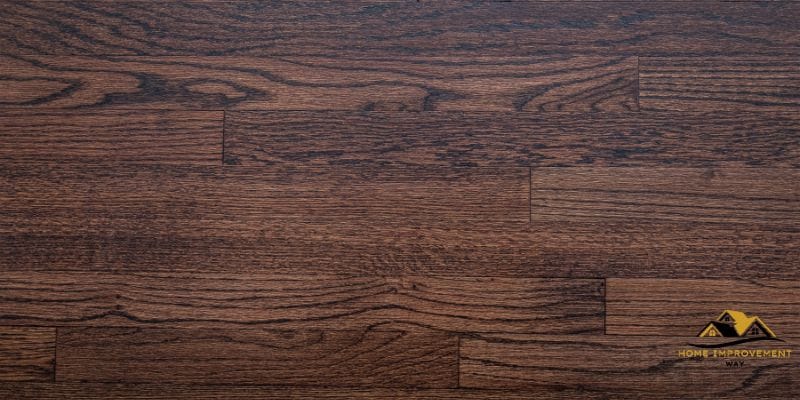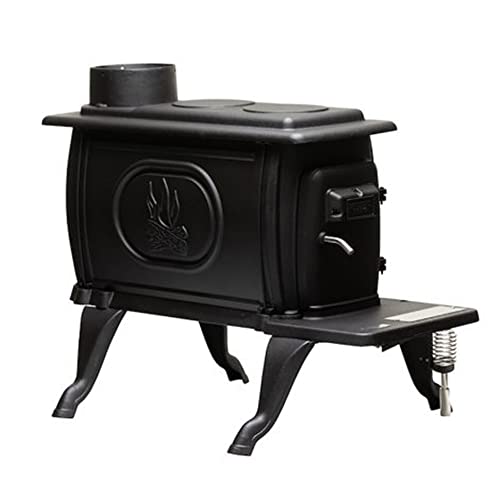Acacia Vs Walnut: Choosing the Perfect Hardwood for Your Space
When comparing acacia and walnut, consider their durability, color, and grain pattern. Acacia wood is known for its lighter color and intricate grain, while walnut has a rich, dark hue and straight grain pattern.
These unique characteristics make them popular choices for various furniture and flooring applications. Both woods offer distinct aesthetics and strength, but acacia is more resistant to moisture and holds up well in outdoor settings. On the other hand, walnut is prized for its luxurious appearance and is often used in high-end furniture pieces.
Whether you prefer the natural warmth of acacia or the elegant darkness of walnut, understanding the differences between the two can help you make an informed decision for your next project.
Understanding Acacia And Walnut Wood
Natural Characteristics Of Acacia Wood
Acacia wood is renowned for its durability and natural resistance to wear and tear, making it an ideal choice for furniture and flooring. Its varied grain patterns and vibrant hues, ranging from light golden to rich reddish-brown, contribute to its distinct visual appeal. This wood species also boasts impressive water-resistant properties, which further enhances its suitability for diverse interior and exterior applications.
Unique Features Of Walnut Wood
Walnut wood is revered for its rich, dark brown hues and luxurious appearance. It exudes an air of sophistication and elegance, making it a popular choice for high-end furniture and decorative items. The striking grain patterns and natural luster of walnut make it stand out in any setting. Moreover, walnut possesses excellent dimensional stability, ensuring its longevity and resilience in various environmental conditions.

Aesthetics And Color Variations
Aesthetics and color variations play a significant role in choosing the right wood for your furniture, flooring, or decor. Both acacia and walnut wood are popular choices due to their unique characteristics. Let’s delve into the aesthetics and color variations of these two types of wood to help you make an informed decision for your next project.
Acacia Wood: Grain Patterns And Color Variations
Acacia wood is renowned for its distinct grain patterns and color variations. The grain patterns in acacia wood are characterized by swirling and irregular lines, adding a sense of depth and visual interest to the wood. These patterns, often accompanied by knots and mineral streaks, contribute to the rugged and organic aesthetic that acacia wood is known for.
- The color of acacia wood ranges from golden honey to rich chocolate brown, providing a wide spectrum of shades to choose from.
- Variations in color intensity within the same piece of wood create a captivating display of natural beauty, making each acacia wood piece truly unique.
- Its stunning color variations make acacia wood an ideal choice for those seeking a blend of warmth, character, and individuality in their furniture or flooring.
Walnut Wood: Aesthetic Appeal And Natural Hues
Walnut wood exudes timeless aesthetic appeal and boasts rich natural hues that add an air of sophistication to any space. The deep, lustrous brown color of walnut wood, often accompanied by darker streaks, creates a luxurious and elegant look.
- Dark chocolate tones are a common characteristic of walnut wood, lending a sense of opulence and refinement to the material.
- The wood’s natural sheen enhances its overall visual appeal, making it an ideal choice for creating visually stunning pieces.
- The uniformity of color in walnut wood makes it an excellent option for those desiring a more consistent and polished appearance in their furniture or decor.
Durability And Maintenance
Durability and maintenance are crucial factors to consider when choosing between acacia and walnut wood for your furniture or flooring. Both woods are known for their natural beauty and strength, but each has its unique characteristics when it comes to durability and long-term maintenance.
Applications And Design Flexibility
When considering the suitability of various wood types for interior design projects, it’s crucial to understand their unique applications and design flexibility. Acacia and Walnut wood, both esteemed for their durability and visual appeal, offer distinct advantages that cater to different design preferences and functional requirements.

Acacia Wood: Versatility In Interior Design
Acacia wood is celebrated for its remarkable versatility in interior design. Its natural warmth and rich grain patterns make it an excellent choice for a wide range of applications, including flooring, furniture, cabinetry, and decorative accents. The aesthetic appeal of acacia wood extends from traditional to modern settings, offering designers the flexibility to create diverse atmospheres.
- Adaptable to various design styles
- Well-suited for flooring, furniture, and decorative elements
- Rich grain patterns enhance visual interest
Walnut Wood: Suitable Spaces And Design Aesthetics
Walnut wood is renowned for its distinctive deep, dark hues and elegant, timeless beauty. Its innate beauty and strength make it a popular choice for creating a sophisticated ambiance in interior spaces. Typically used in high-end furniture, cabinetry, and paneling applications, walnut wood lends a sense of luxury and refinement to any environment.
- Ideal for creating a sophisticated ambiance
- Commonly used in high-end furniture and cabinetry
- Exudes a sense of luxury and refinement
Environmental Impact And Sustainability
When considering the environmental impact and sustainability of wood products, it’s essential to explore the differences between Acacia and Walnut wood.
Acacia Wood: Eco-friendly Aspects And Sustainability
Acacia wood is known for its eco-friendly aspects and sustainability, making it a popular choice for environmentally conscious consumers. The following factors contribute to its eco-friendly nature:
- Quick growth: Acacia trees grow rapidly, allowing for a more sustainable and renewable source of wood.
- Minimal impact on ecosystems: Harvesting acacia wood generally has a low impact on the surrounding ecosystems due to its fast growth and ability to thrive in various environments.
- Durability: Acacia wood’s natural durability reduces the need for frequent replacements, thereby reducing the overall environmental impact.
Walnut Wood: Environmental Considerations And Eco-conscious Choices
When it comes to walnut wood, there are environmental considerations to keep in mind when making eco-conscious choices:
- Slower growth: Walnut trees have a slower growth rate compared to acacia, which can impact the sustainability of its harvesting.
- Resource-intensive: Walnut trees often require more resources and have a higher environmental impact during the growing process, compared to acacia.
- Quality and longevity: Walnut wood is valued for its high quality and longevity, which can contribute to sustainability through reduced replacement needs over time.
Frequently Asked Questions On Acacia Vs Walnut
What Are The Main Differences Between Acacia And Walnut Wood?
Acacia wood is known for its durability and resistance to wear and tear, making it perfect for high traffic areas. On the other hand, Walnut wood is cherished for its rich, deep grain and luxurious appearance, making it an ideal choice for furniture and decorative pieces.
Which Wood Is Harder, Acacia Or Walnut?
Acacia is known for its hardness, making it a great choice for high-traffic areas. Walnut, while not as hard as Acacia, is still a durable wood, making it suitable for furniture and decorative items.
Does Acacia Or Walnut Wood Have A Darker Color?
Walnut wood is renowned for its dark, rich color that adds a touch of luxury to any space. Acacia wood, on the other hand, has a lighter, more natural tone that lends a warm and inviting feel to a room.
Conclusion
Both Acacia and Walnut offer unique characteristics for furniture and flooring. Consider the look, durability, and maintenance needs before making a final decision. It’s important to weigh the pros and cons of each option to find the best fit for your specific needs and style preferences.
Ultimately, the choice between Acacia and Walnut comes down to personal preference and the specific requirements of your project.







